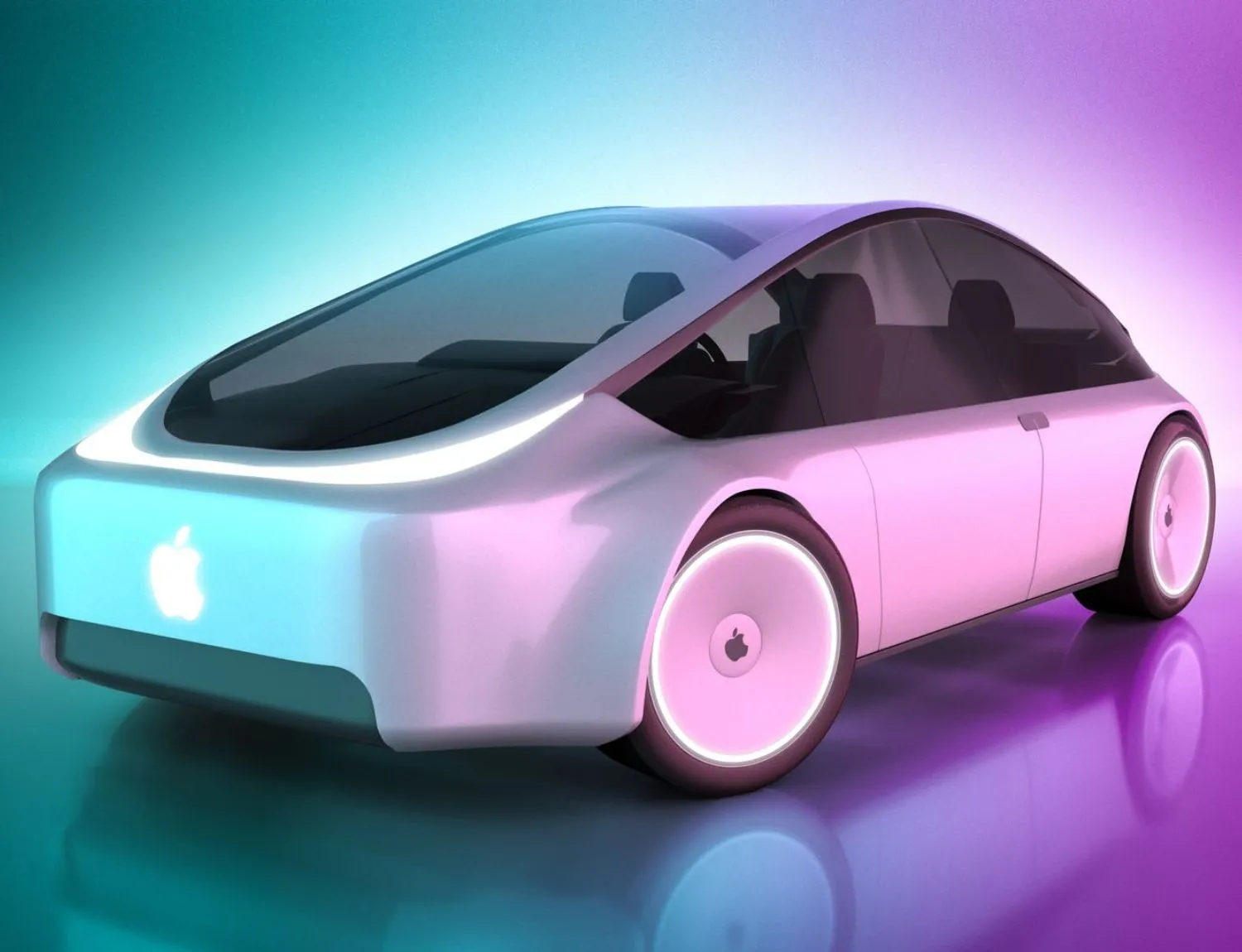Introduction
In the past few years, the automobile industry has been shaken up by the trend that is towards electric vehicles because of the progress in technology and the reason for rising environmental concerns. However, with many of the tech companies hunting this booming area, Apple didn’t lag behind and added it to their list of projects to work on—electric cars. Initially, Apple Car EV project marked a turning point; nonetheless, it turned into a lost cause, which made people lose the faith of Steve Job’s electric vehicle dream.

The Genesis of the Apple Car:
Rumors about Apple’s rumored plans to move in auto industry sprang up from 2014 onwards, driving speculations about the tech giant intending to disrupt the sector. Steve Jobs, a personification of visionary innovativeness, once was keen on an electric car project which would have undoubtedly been transformative across the transportation industry. Having in mind top-notch technology and the whole look of the car Apple Car sought to reshape the concept of the driver’s life and set high requirements for eco-friendliness.
The Rise and Fall of Project Titan:
Codenamed “Project Titan,” the project off-shoot of Apple into the automotive realm gained high level of attention from industry leaders and the enthusiasts, respectively. Competent professionals, both from the auto and tech fields, manned the engineering and design departments. Nevertheless, after years of working on the Apple Car, the project continued to have regular failures, revolving then around leadership changes as well as internal controversies.
Challenges and Obstacles:
While Apple had the most dynamic resources and knowledge, it met various difficulties in its path to developing the car it once had in mind. As the project progressed, technical obstacles, supply chain hurdles, and regulatory issues emerged and became formidable obstacles, which in the meantime slowed the project down. What’s more, a principal problem was the extremely tough competition in the automotive industry, in which some traditional players with their rich history have dominated the market.
The Pivot to Autonomous Driving Technology:
When the difficulties accumulated and the chance of starting an entire electric car turned progressively questionable, Apple stopped working so much on autonomous driving technology instead. Self-awareness of the possibilities of self-driving vehicles prompted the company to change its course to software and systems for AI vehicles. While the vision of a self-driving car entails difficulty of Apple to comment on but the development of autonomous driving continues incessantly.
Lessons Learned and Future Prospects
The withdrawal of Apple Car design shows us a wake-up call on the deeply embedded difficulties in change. The Apple’s involvement in the automotive industry ended up far below the expectations given the difficulty to overcome the competition and the heavy regulations undermine the Apple to navigate in the automotive landscape. Nevertheless, the devil move of the goliath to self-propelled car technology shows its resilience can adapt to adverse circumstances. Apple is prepared to play a critical role in shaping the future of the autonomous vehicle race, which is gaining momentum.
Conclusion
While the Apple Car may have hit a dead end, the legacy of Steve Jobs’s vision for electric vehicles lives on. Though the road to revolutionizing transportation proved more challenging than anticipated, the journey paved the way for new insights, innovations, and opportunities. As the automotive industry continues to evolve, the lessons learned from Apple’s ambitious venture serve as valuable guideposts for future endeavors in the quest for sustainable and transformative mobility solutions.